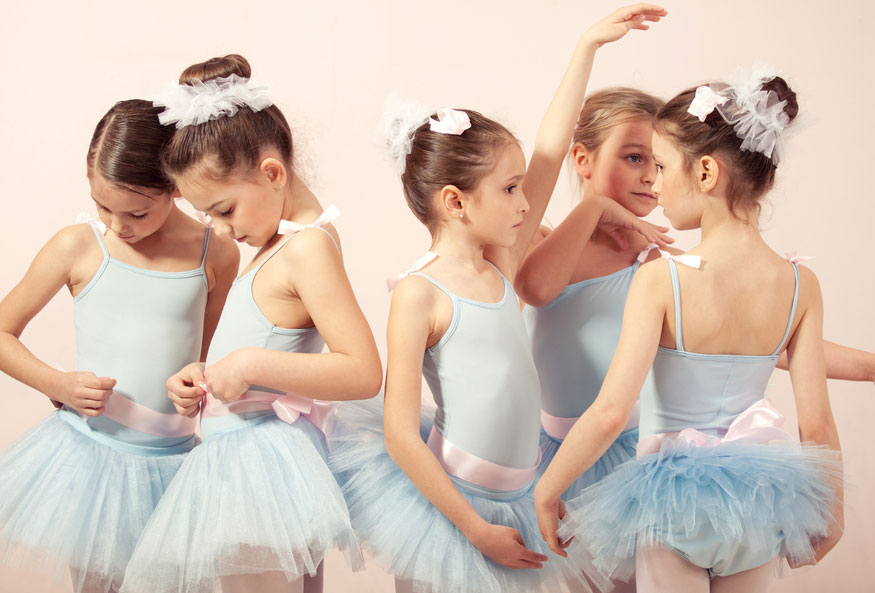As a studio owner, I have three lists running in my brain at all times. I’m always asking myself the following three questions:
What needs to be done today?
What needs to be done in the next 2-6 months?
What can I make for dinner without going to the store?
(Not kidding on that last one. Anyone whose business is open almost exclusively nights and weekends is sure to have some challenges in the getting-dinner-on-the-table department!)
But, back to practical things. It’s the second week of March, so while our bodies are busy distributing recital costumes and getting ready for competition, our minds are on RECITAL. And, a great show from the audience perspective is dependent on having an awesome act backstage.
Are you gearing up for recital? Keep reading for 5 Backstage Management Tools to make your backstage flow smoothly this year for all ages!
[formfuse id=”908″]
- Entertainment reigns supreme for little ones.
At our recital, we run different types of activities to keep little kids entertained backstage. First are the quiet hands-on activities such as drawing, reading and making crafts. When the attention for crafting wanes, we watch a bit of a movie. Nothing lasts more than 20 minutes, so we rotate activities often. - Manage quick changes for really little ones by using “shape cards.”
It was a real “a-ha” moment for me as a teacher when I realized that the reason our little kids couldn’t keep track of their things backstage was because they couldn’t read yet. Now we line up their shoes, accessories and costume changes on easy to identify “shape cards.” Three- and four-year-olds may not be able to read name labels, but they won’t forget their items are on the card shaped like a sunshine! Other shapes include rainbows, stars, clouds, animals and more. Get creative. Kids love picking out their “shape cards!” - Have a backstage “show.”
Our younger dancers wait for their turn in the show in a large room just off the true backstage area. We take advantage of the generous space by having older girls practice their dances in front of the little ones backstage before they hit the big stage. This serves two purposes: First of all, you don’t want the first time that your older students run their choreography that day to be on the stage. The backstage “show” takes care of this. Second, the little kids don’t ever really get a sense of how amazing it is to be in your studio’s production if they only see the stage for a few minutes during the entire show. Sharing dances helps the little ones see a mini-version of recital and increases their understanding of the bigger picture.
- Have a code word, hand signal or rhythm clap for getting attention.
All of our students know that when they hear the iconic “clap, clap, clap clap clap,” it’s time to listen. The students repeat the clap pattern in a call-and-response fashion followed by silence. If your waiting area is too close to the stage for rhythm claps, consider having a hand signal for silence. We use the “quiet fox,” which is a hand signal where the third and fourth finger touch the thumb and the pinky and pointer go up for the fox’s ears. If a teacher puts up her fox, it’s a race to see how quickly the kids can put up their foxes as well. The “quiet fox” was intended for little ones, but I think the older ones get more of a kick out of it than the little ones do. - Keep performers moving “stations and checkpoints.”
Another go-to that we use backstage with all age groups is “stations and checkpoints.” Students stay in their dressing room until called by the stage manager. From that point they go to a costume checking station where everyone is checked for accessories, correct shoes, clean tights and tidy hairstyles. If anything needs attention it is taken care of before hitting the true backstage area. Next, they are “in the hole,” which is the area just outside the backstage followed by “on deck,” which is true backstage or side stage. And then, it’s time to dance on stage! The whole process is both very orderly and anticipation-building for the dancers.
Do you have a great tool for backstage management? I’d love to hear from you in the comments below.
Merde!
Trouble viewing the article? Email us at [email protected].
The “Expert Advice from Misty Lown” series is brought to you by More Than Just Great Dancing™ and TutuTix.





